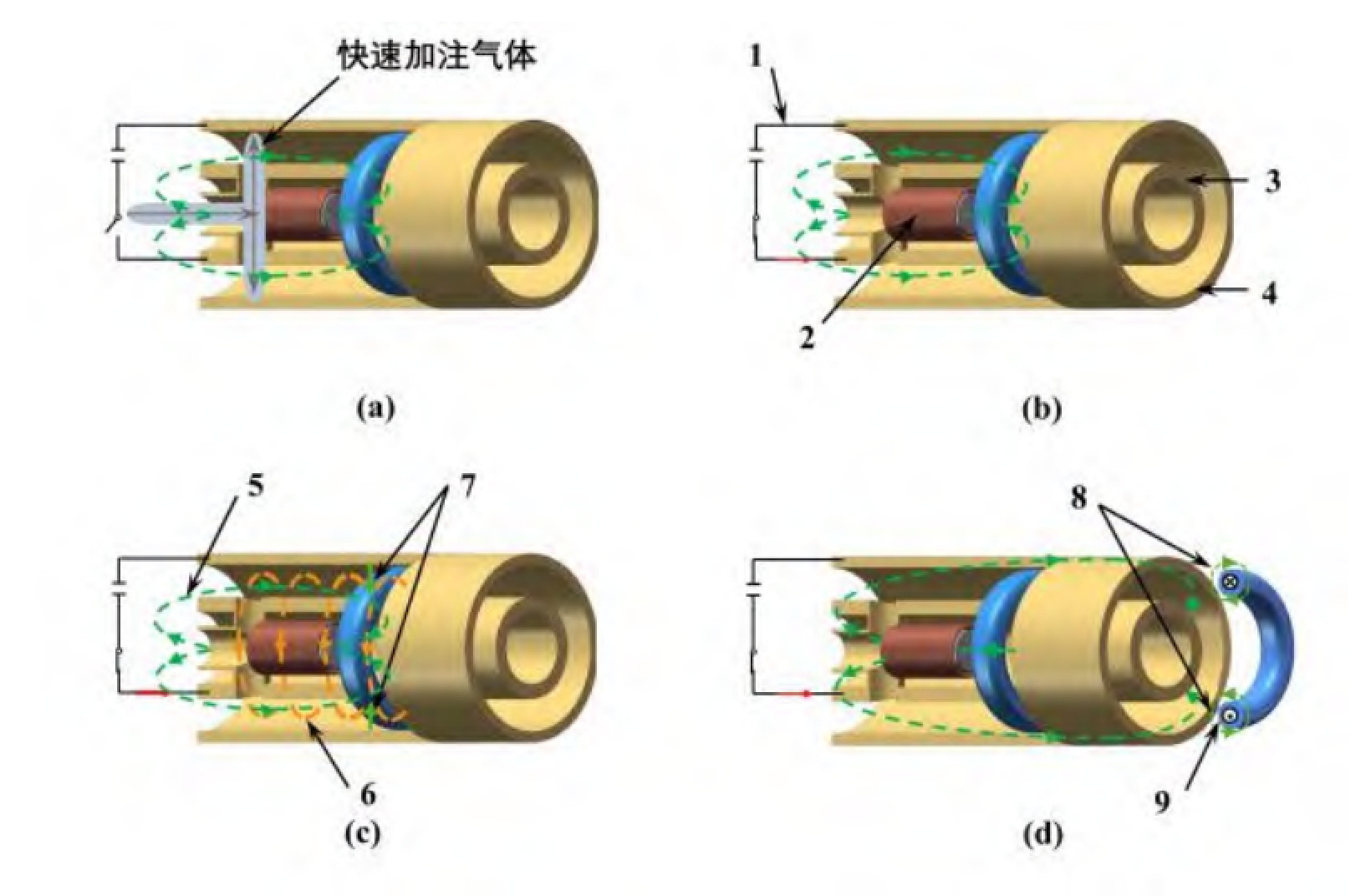
In the science fiction universe of Hollywood’s Star Wars, the Jedi are able to use the Force to move objects around without physical contact, a manoeuvre referred to as “Force push” or “Force pull”.
The ability allows the Jedi to levitate themselves or others, and to manipulate objects in more complex ways, such as constructing structures or repairing machinery.
The movie magic has inspired researchers at the National University of Defence Technology in China to bring the fantasy to life.
The research team is trying to build a device to manipulate orbital targets using magnetic force, according to a paper published in the peer-reviewed journal Systems Engineering And Electronics on Aug 16.
Until recently, using magnetic force to control something remotely was considered impractical. The strength of the force decreases rapidly as the distance between the magnetic source and the object it is acting upon increases.
But the Chinese team said that they have overcome the challenge.
With an effective range of up to 1km (0.6 miles), their force device would be strong enough to stop or divert a large piece of space debris from spinning towards a spacecraft or satellite within a few minutes, or pull a small satellite towards a host spacecraft for inspection or service, they said.
“The design and experimental verification of a prototype is under way,” the team, led by associate researcher Zhang Yuanwen, said in the paper.
Zhang and his colleagues said they found a way to direct the magnetic force at a distant object.
The main component of the prototype is a magnetised coaxial gun, a device that can generate waves of hot, electron-dense, high-energy gas.
These rings of plasma in the shape of a torus contain free charged particles (ions and electrons) that can move freely in response to electric and magnetic fields. The magnetic field generated by the discharge current of the plasma ring induces a current in the plasma, which in turn generates a magnetic field in opposition to the original magnetic field.
This process continues until the magnetic field lines become “frozen” into the plasma, meaning that the magnetic force can be transported to a location far away by the plasma ring.

According to the researchers, the prototype is capable of firing eight plasma rings at a target every second, at a speed of 10,000 metres (6.2 miles) per second – 30 times the speed of sound.
Once the rings near the target, they begin to influence its motion with the magnetic force.
Using plasma rings instead of robotic arms or other manual equipment for manipulation in space offers several advantages, Zhang’s team said.
For starters, the desired motion does not require any physical contact, thus reducing the risk of collision and other accidents.
The device is also more versatile and can be used on different types of space debris, since it does not require specific attachment points or interfaces.
The researchers said that the structure of the magnetised coaxial gun is similar to that of a plasma thruster engine commonly used on modern satellites.
The gun consists of a coaxial electrode system, which includes an inner electrode and an outer electrode. The inner electrode is a hollow tube, while the outer electrode is a cylindrical shell surrounding the inner electrode. A high-voltage pulse is applied to the electrodes, which are separated by a small gap, to generate a discharge current. The discharge current ionises the gas in the gap, creating a plasma ring that is then accelerated to high speeds by the magnetic field generated by the discharge current.
It is therefore possible to build the force device and plasma engine into one system.
The discharge current of the plasma torus generated by the magnetised coaxial gun could be used to enhance the performance of the plasma thruster. The two technologies could also be deployed in a complementary manner to achieve specific mission objectives, the researchers said.
Such missions could include space rendezvous and docking, formation flying, and unspinning failed satellites.
The team also proposed using plasma rings to control the relative motion of a companion satellite to guide it towards the main satellite for recovery.
The plasma rings create a dynamic magnetic potential well that could interact with the magnetic field of the companion satellite, producing a force that could be used to slow down the relative velocity of the two satellites and bring them into proximity.
The method represents an adaptive new approach to fast-response companion satellite recovery, and also has potential applications for precise delivery missions.
The defence affiliation of the team suggested that the research may have military implications. Nonetheless, the paper focused on the scientific and technical aspects of the technology and its potential applications in space exploration and satellite operations rather than military use. – South China Morning Post
Credit: The Star : Tech Feed




